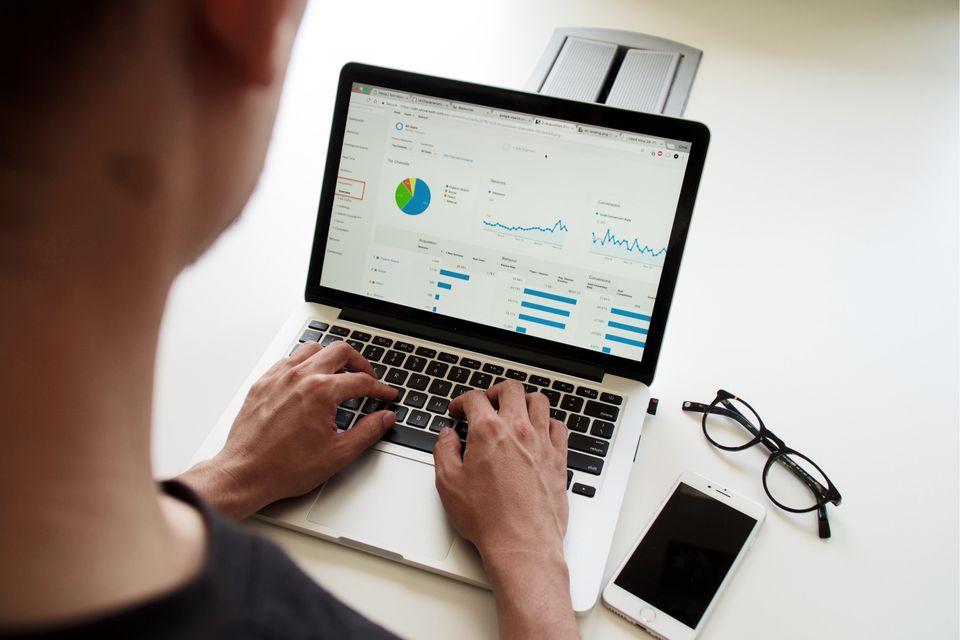We Explain the 9 most common websites statistics to track and why.
To improve your website’s performance and attract more visitors, it’s essential to understand how it currently operates. Here are some of the most common metrics and their significance:
1. Unique Visitors
Unique visitors represent the total number of individual users who visit your site, excluding repeat visits from the same person within a specified period, typically 30 days. For instance, if you visit a site ten times in one day, it counts as one unique visit. This metric helps measure the reach of your website.
2. Website Visits (Sessions)
Website visits, or sessions, are counted each time a user requests a page from your server. Every click that loads a new page on your site counts as another visit. This metric is crucial for understanding overall site activity and user engagement.
3. Total Page Views
Total page views indicate the number of times any page on your site has been viewed. This includes both single and multiple views by the same user. For example, if a user visits ten different pages in one session, it accounts for ten page views. This metric helps gauge the overall interest in your content.
4. Pages Per Visit
Pages per visit measure user engagement by dividing the total number of page views by the total number of visits. A high pages-per-visit ratio suggests that users are highly engaged and find your content valuable, indicating a strong potential for conversion.
5. Average Time on Site (Average Session Duration)
This metric shows the average duration users spend on your website, calculated by dividing the total time spent on the site by the number of visitors. A high average session duration indicates that users are finding your content engaging and are more likely to convert.
6. Bounce Rate
Bounce rate indicates the percentage of visitors who exit your website after viewing just a single page. A lower bounce rate suggests that users are finding your content engaging and are navigating through multiple pages. Generally, a bounce rate below 40% is considered favorable.
7. Mobile Site Visits
Mobile site visits track the number of users accessing your website from mobile devices. Given that mobile traffic constitutes over half of all internet usage, ensuring your site is mobile-friendly is essential for maintaining high engagement and user satisfaction.
8. Inbound Links
Inbound links, or backlinks, are external hyperlinks pointing to your website. These links signal to search engines like Google that your site is a reputable source of information, improving your search rankings. However, not all backlinks are created equal; high-quality links from reputable sites provide the most benefit.
9. Traffic Sources
Traffic sources categorize the origins of your site visitors into organic and paid traffic. Organic traffic comes from search engines, social media, and other unpaid sources, while paid traffic results from advertising campaigns like PPC ads. Understanding your traffic sources helps you optimize your marketing strategies.
Designing a Website to Attract Visitors
Your website traffic metrics are crucial for optimizing your SEO and overall online performance. To improve these metrics, ensure your website is user-friendly, easy to navigate, and visually appealing. A clean design with ample white space and clear menus enhances user experience and engagement.
Building a professional and attractive website can be challenging. If you need assistance, our agency is here to help. Contact our team of designers today to learn more about how we can create an impressive website that drives traffic and boosts your business.


